TOURING TASMANIA
Surprises come in all shapes and sizes and it’s often when we least expect it - one rears its head.
There is so much to see and do touring Tasmania.
On a little side excursion (looking for a caffeine hit) l ended up stumbling on an amazing piece of Australia history!
It was along the north coast of Tassie.
About two hours west of Devonport I found the town of Stanley.
A beautiful and stunning cottage township snuggled right on the coastline.
It felt like something right out of the UK.
In fact the town's origin goes way back with a stack of pleasant and unpleasant English history where modern day history begins.
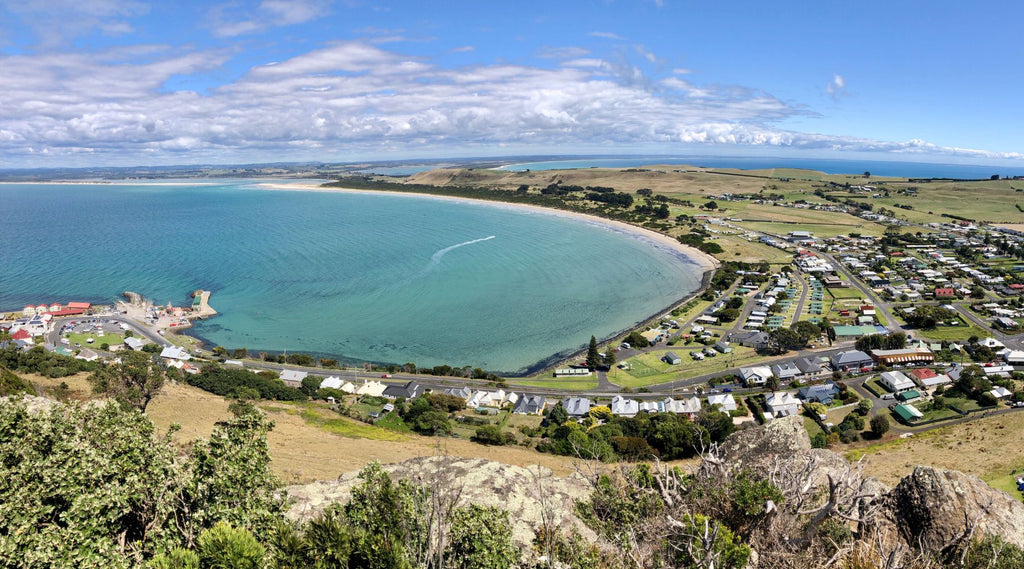
VAN DIEMEN'S LAND
Right here is the original Van Diemen’s Land.
Back in 1824 King George IV allowed Woolnorth (company name) to select 250,000 acres of land.
Which was to begin a pastoral lease as there was a shortage of fine wool back in the UK.
The new colony selected the land in the remote and then hospitable NW area of the state.
This is where the new settlement was built, and where Stanley is today.
Over the next few years, the new settlers explored the outer areas.
They soon began importing their fine Merino sheep across from the homeland.
However, in a disastrous blunder, they never accounted for the atrocious weather conditions.
Consequently, they lost thousands in the cold winters and also to a hungry Tasmanian Tiger (now extinct).
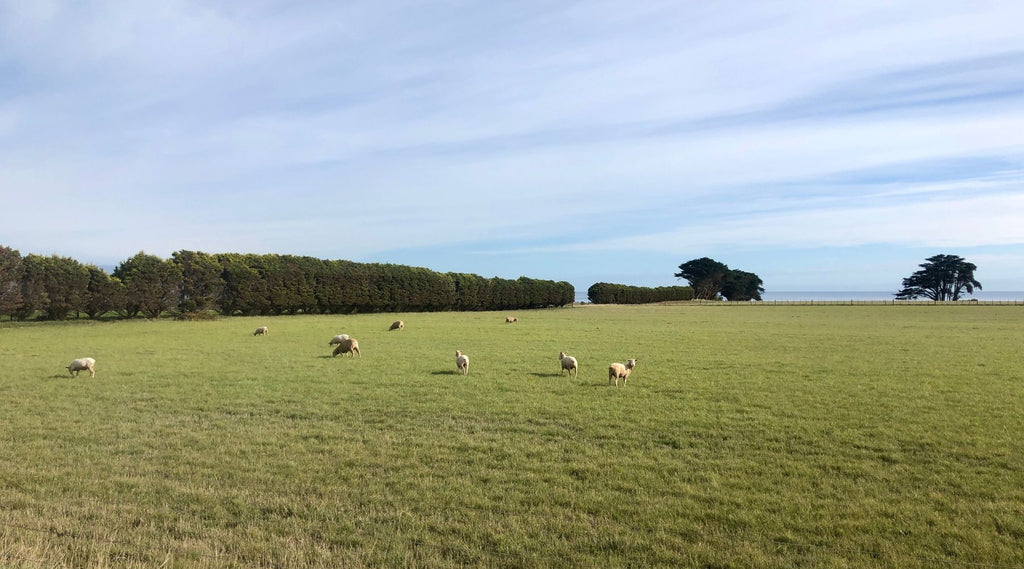
THE NUT
Prior to this in 1798 it is said Matthew Flinders was the first one to sight ‘The Nut’ at Stanley.
‘The Nut’ is a huge round lump of Basalt that formed when the volcanoes were common around the island
Jump to 1825 and a settlement was being established at the base of ‘The Nut’.
This provided protection from the trade winds with a safe and deep harbour.
Convicts were now being sent to Tasmania as punishment and amongst them were a host of good tradesmen and farmers.
Whom of course were useful with trades building this new colony.

CONVICTS
One of the first projects was to build a base, something like a Government House.
This was to oversee the expansion of this new colony and have control over Van Diemen’s Land.
The convicts were put to good use building Highland House
However, it was certainly slave labour.
As being convicts, they worked for nothing and if they escaped and were recaptured, and severely punished.
They even built their own barracks which housed around 70 convicts.
Remarkably some of that structure still stands today.
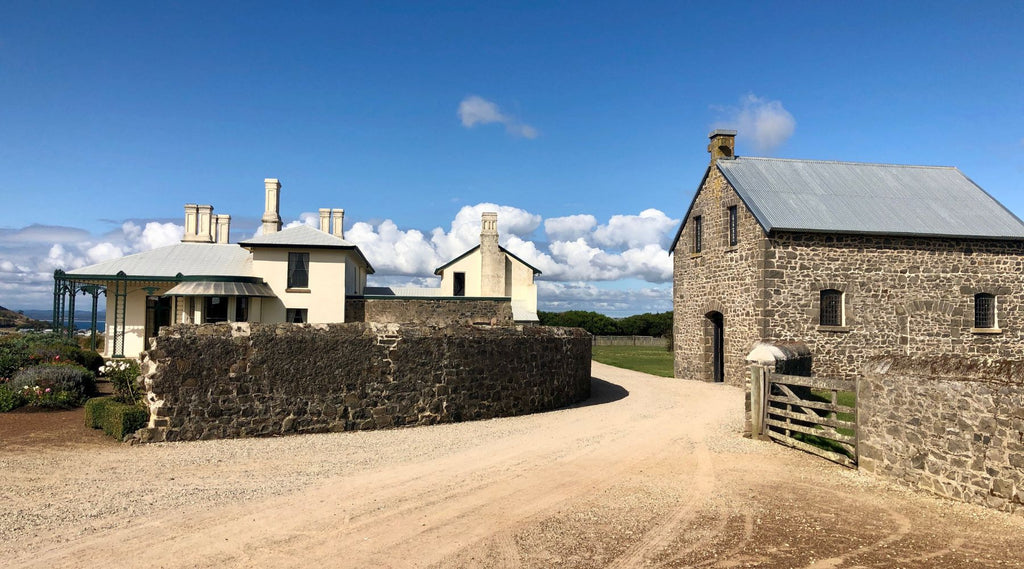
HIGHLAND HOUSE
Highland House and its wonderful array of outer buildings have been beautifully restored both inside and out with period and some original fittings.
For a small fee anyone can spend time around the grounds.
Inside the main grand house where there is a story in every room.
The outer buildings are made up of the chapel with school room upstairs, pig slaughterhouse and the remarkable stables.
There is also still the main barn which was one of the earliest buildings built.
Each room has detailed info on what went on and just gives you a little insight on personal life back then.
Just remember that these stone and timber buildings were built around the 1830’s.
Therefore, just imagine starting from scratch, every nail was handmade, every piece of timber hand cut and the land cleared manually.

TOUGH TIMES
They were tough times, where the walls are thicker than a man’s leg!
This was to combat the winds and the chill.
The convicts were instructed to make 12 rooms with ceilings nearly 4 metres high!
This was a huge ask when you start and have no tools or materials - nothing.
Highland House overlooks the town on the western edge just 6 km away.

ARTHUR LONG
Another piece of amazing Australian history began here too.
As back in 1919 Arthur Long was the first person to fly across Bass Strait from here at Stanley to Torquay in Victoria.
His biplane was a little 90hp RAF.
With a V8 engine and had a cruising speed of 137 kph taking just over 10 hours.
When he landed, he jokingly remarked that ‘he could never see a daily air service between Hobart and Melbourne’.
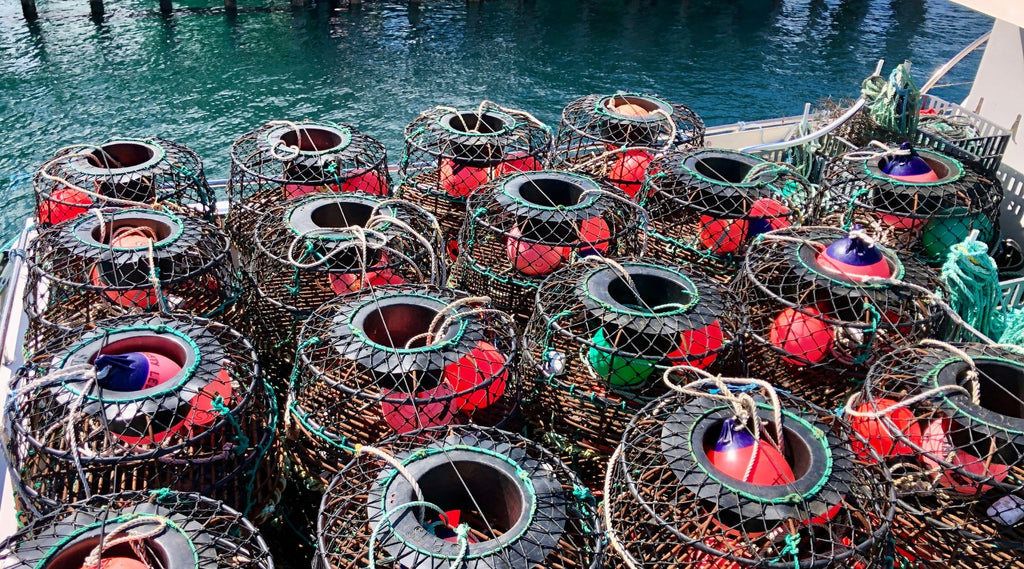
THE TOWNSHIP
Stanley was originally called Circular Head, but the name changed in 1842 after Lord Stanley.
Today the town is lined with stunningly beautiful, restored cottages.
However, they weren’t always like this.
Most of them date back to the mid 1800’s.
There were bond stores, a bacon factory, general stores, captain cottages and of course churches.
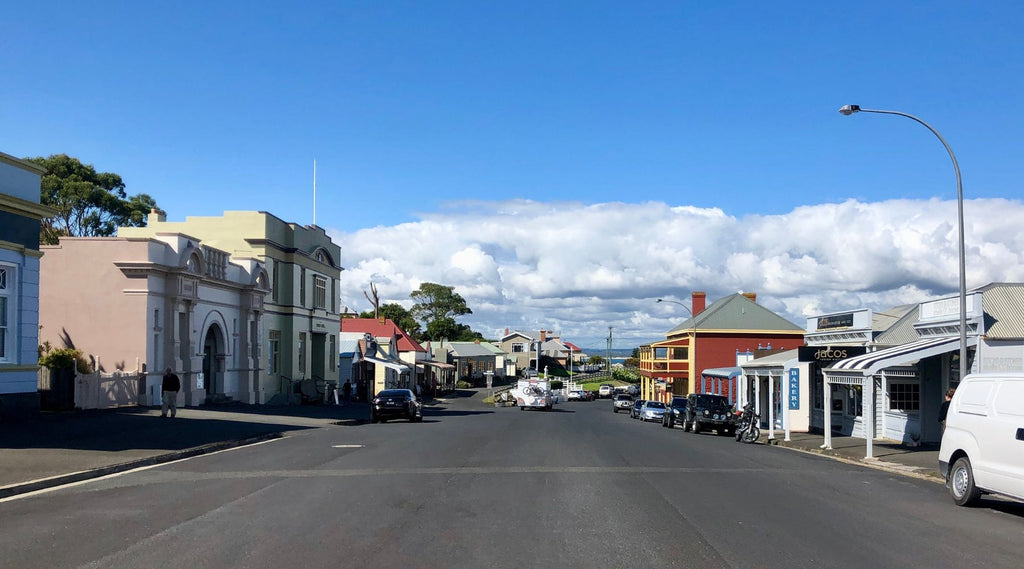
STANLEY TASSIE – TODAY
Today it’s like a step back in time.
Where these period cottages and shops line the streets, and in some cases only feet from the street.
The town now loves the tourist trade where organic food galleries and cafes serve the most heartwarming dishes.
Boutique handmade gift shops display amazing craft.
Where restaurants serve up freshly caught seafood caught daily and locally.
Around town there is a heritage walk from the bay along the town strip.
This runs down to the historical cemetery where early Tasmanian explorers have been laid to rest.
The cemetery dates back to 1850.
In fact, Hollywood thought the town was so perfect, they came here and shot parts of a movie called “The light between oceans” in 2014.
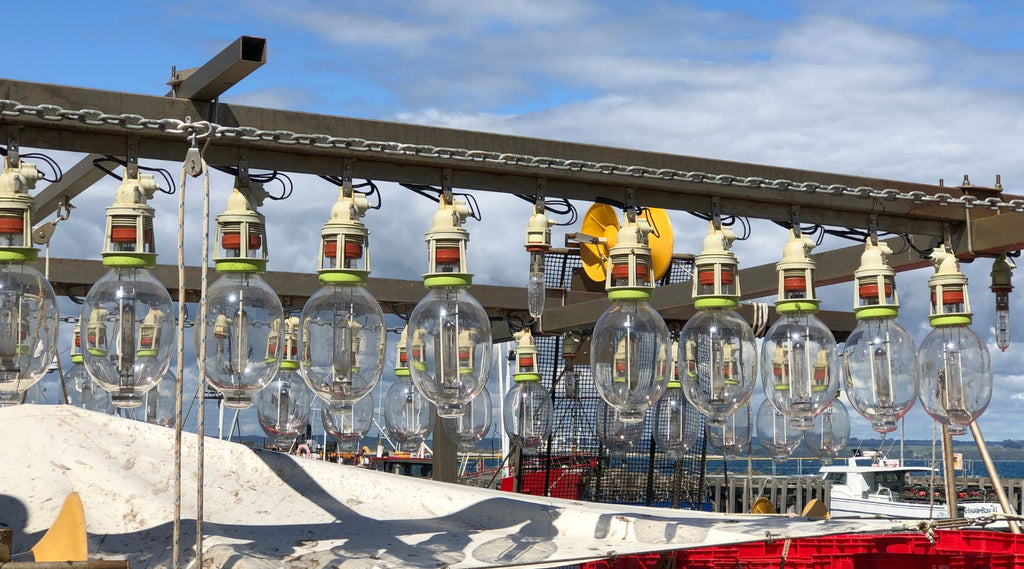
EXHILARATING VIEWS FROM THE TOP
‘The Nut’ is the most prominent feature in town where people come from far and wide to experience the exhilarating views from the top.
However, don’t be fooled by its calming appearance.
The first 500 metres is a heart pumping slow, steep walk up to the top level.
These days if you’re not super keen to walk the slope - a chair lift has been installed to help you.
Around the top an amazing 2 km circular walk gives jaw dropping views in every direction.
Lookout points and chairs allow you to take time out and soak up the area.
Alternatively you can catch your breath, while taking on the walk.
‘The Nut’ wasn’t always full of tall grasses.
As it was once the home to a forest of trees that were cut down for grazing land.
Today the top is being regenerated with native trees and is home to the migratory Mutton Bird.
Words and photos by North Storm® Ambassador - Kev Smith – @woolgoolgaoffroad
If you would like us to share your blog or travel tips please email us on sales@northstorm.com.au

